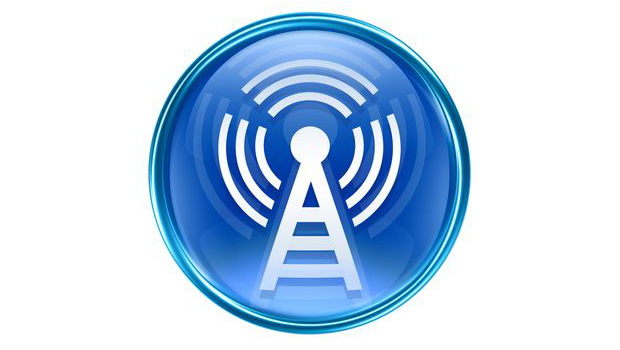Terahertz data links promise significant advantages over existing microwave-based wireless data transmissions, and the technology will ultimately beat the upcoming 5G millimetre frequencies if progress continues on it, researchers say. This is despite recent breakthrough work, such as Vodafone and Ericsson’s work to achieve 15GB/s with pre-standard 5G hardware.
The reason for the optimism is that terahertz is more capacious than existing radio bands. It is also less power hungry, and new technical advances are being made in it.
The latest terahertz-level advance, announced this week by scientists at Brown University, is the ability to bounce the mega-bandwidth-carrying waves of energy around corners. Quashing that line-of-sight requirement introduces a level of robustness not seen before.
Future of wireless
“I think moving into terahertz frequencies will be the future of wireless communications,” says Shaghik Atakaramians, an optical engineer who is part of a separate, multi-university Australian group developing a new, magnetism-based platform for the radiation-based terahertz technology. He was quoted in a press release related to a paper his group published in APL Photonics.
Scientists are bullish on terahertz. The Brown University team says yet-to-be-launched super-carrier 5G isn’t going to be able to cope, partly because of projected growth in the Internet of Things (IoT).
Upcoming 5G “will not be sufficient to keep pace with the rapidly increasing global demand for bandwidth,” the Brown University scientists say in their invited article, also published by APL Photonics this month.
Those researchers claim shorter wavelength terahertz, which is found between radio spectrum and infrared, will have about 100 times the data capacity of microwaves. (Microwaves are what we use now for cellular and Wi-Fi.) And the researchers say the alternative, upcoming 5G’s peak data throughput of a few gigabits per second, will not be enough. 5G’s millimetre bands will be “far short of the anticipated needs,” they claim.
Moving forward with terahertz
Other scientific progress that has been made in terahertz recently includes multiplexing as early as 2015, as well as on the feasibility of chips capable of the high frequencies needed for terahertz.
Additionally, Harvard University late last year said it has been exploring using infrared laser technology to create terahertz.
The problem, though, is that terahertz implementation is not easy. The “channel characteristics” are not “well established,” the Brown University researchers explain. That’s because the frequencies (95 GHz and above) are actually beyond known characteristics — there are no FCC service rules, for example, they say.
Spots of bother
Trouble spots can include power loss and signal degradation. Much like the high end of microwave, obstructions block paths because the waves are so small they cannot get around things like they can in traditional radio.
Even water droplets, as one gets in rain and fog, can cause issues with microwave. With terahertz, any object could simply stop it, and any attempt to get around that would use too much power, it has been thought. That is why Brown University’s discovery of a way to bounce the signal off walls and the ground, and thus handle difficult environments in a power-friendly way, is important.
“You can imagine that if your line-of-site path is blocked, you could think about bouncing it off the ground to get there,” says Daniel Mittleman, a professor in Brown University’s School of Engineering, in a press release.
Interestingly, the researchers say transmitting over grass will be better than concrete for focus and interference reduction because grass holds water. That absorbs terahertz and stops the principal beam from fanning out and getting corrupted. Eco-networking, perhaps? Sounds like an ideal solution for rural Ireland.
IDG News Service








Subscribers 0
Fans 0
Followers 0
Followers